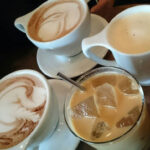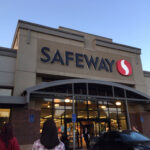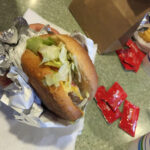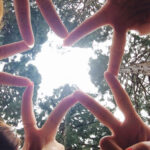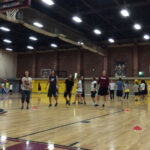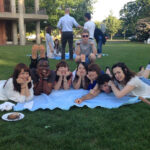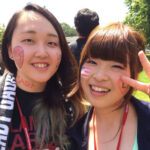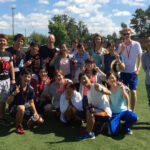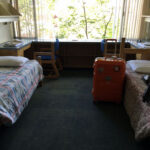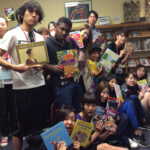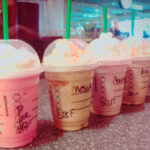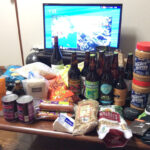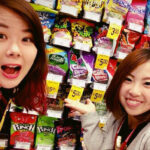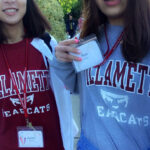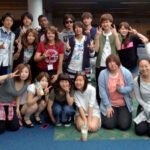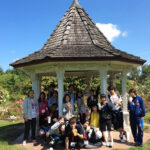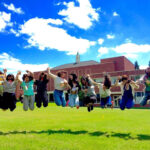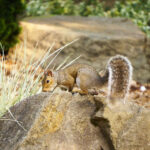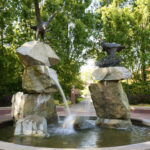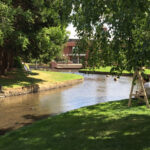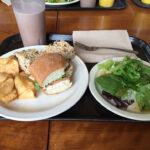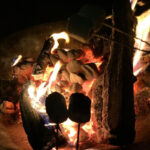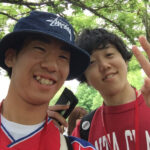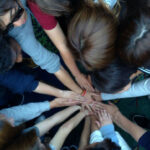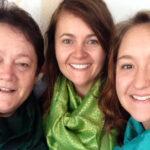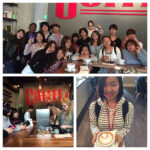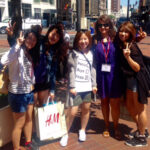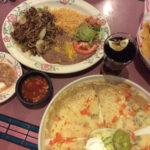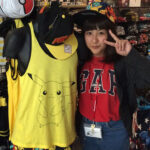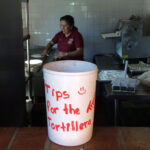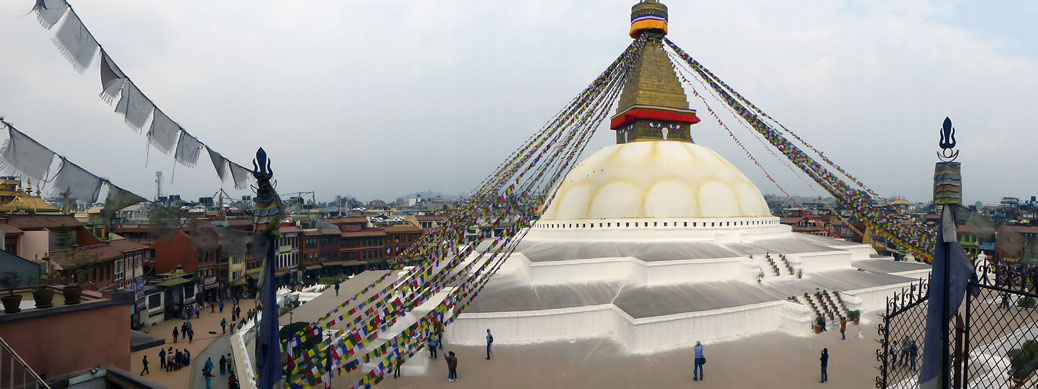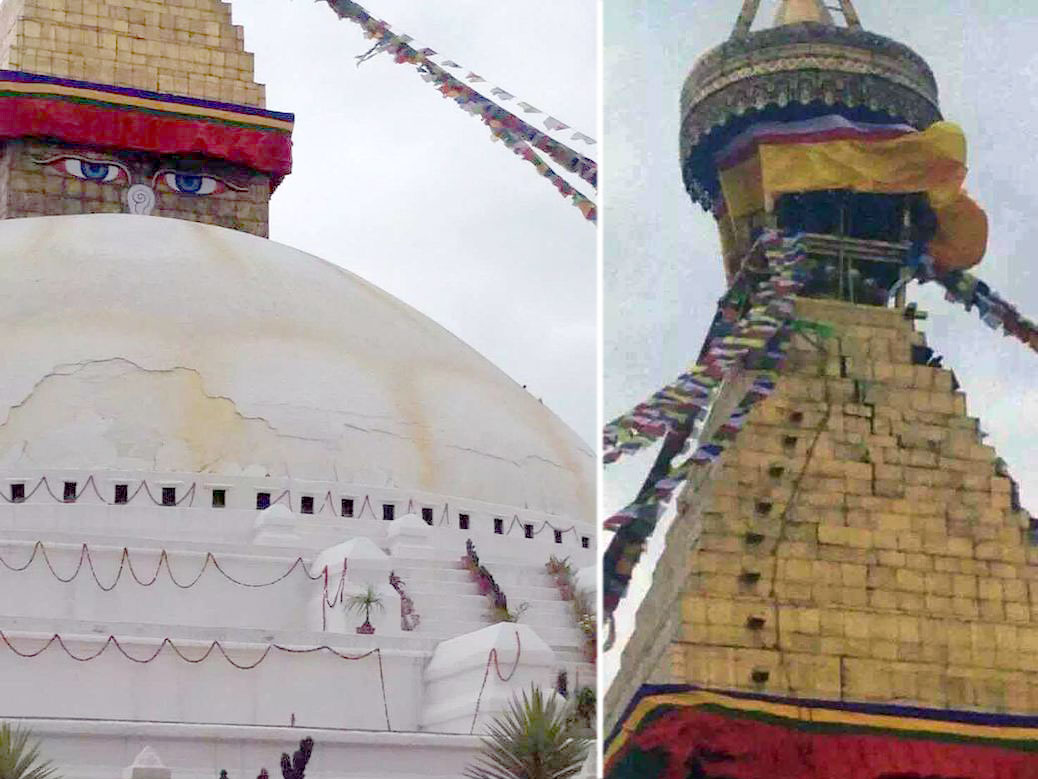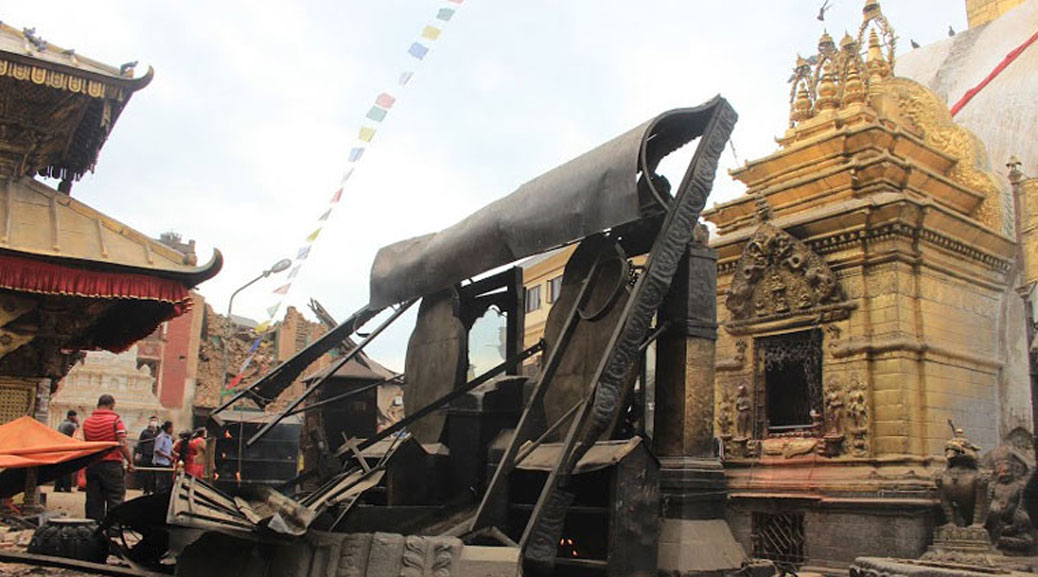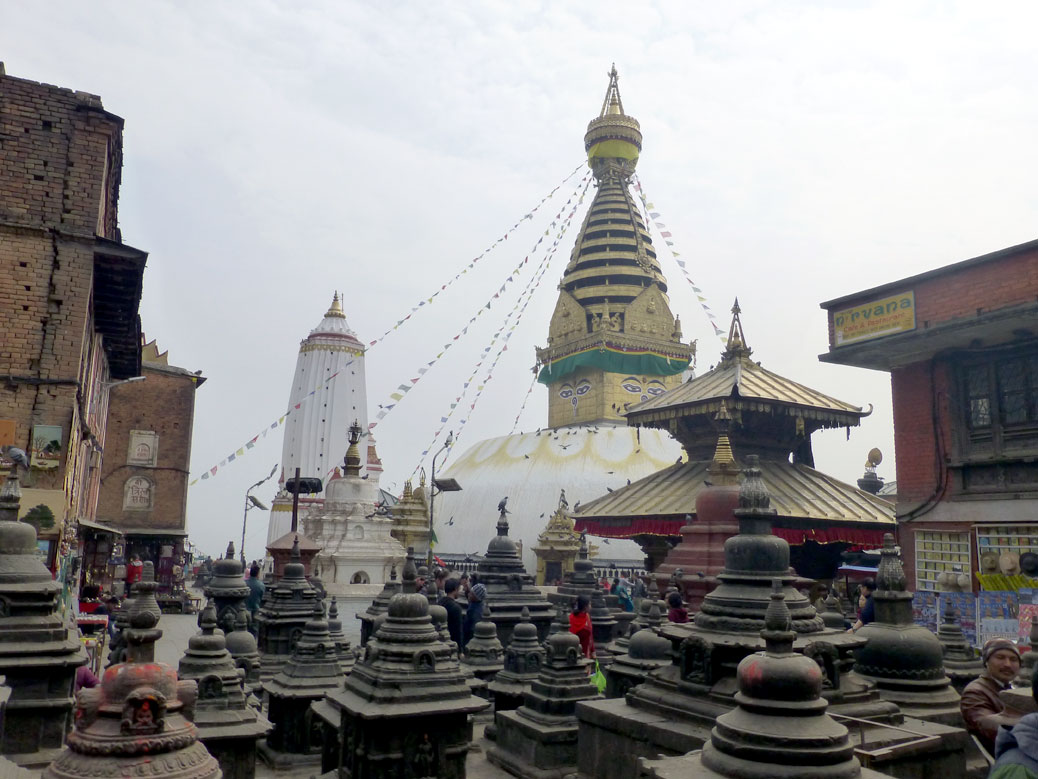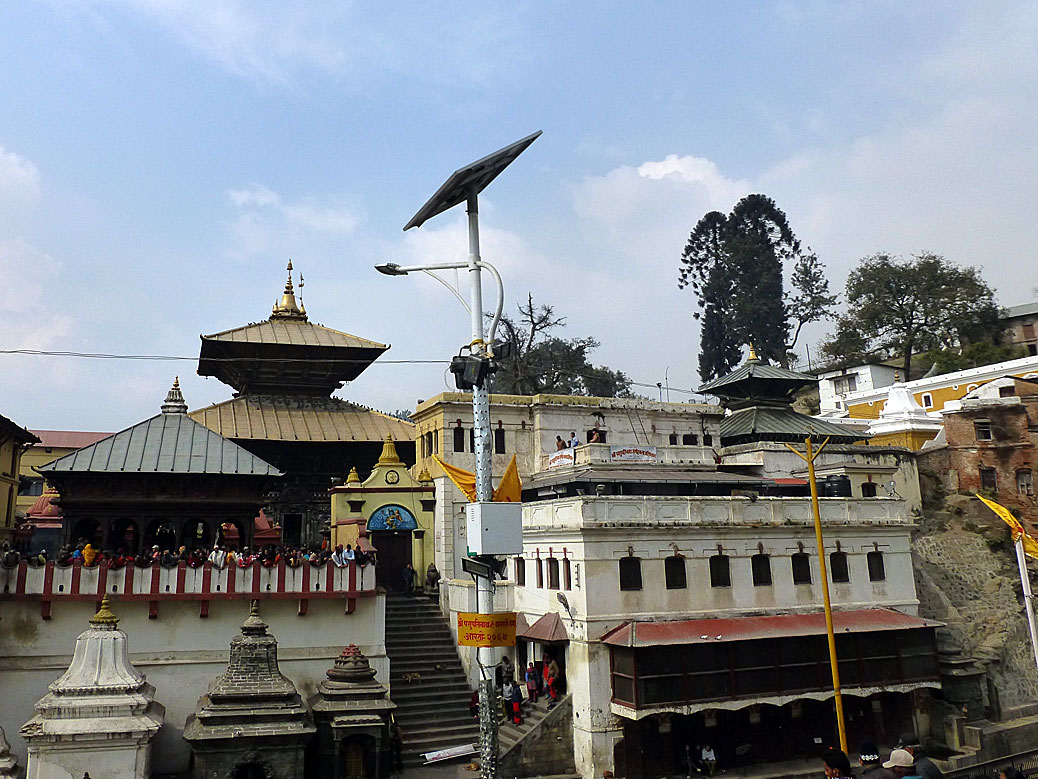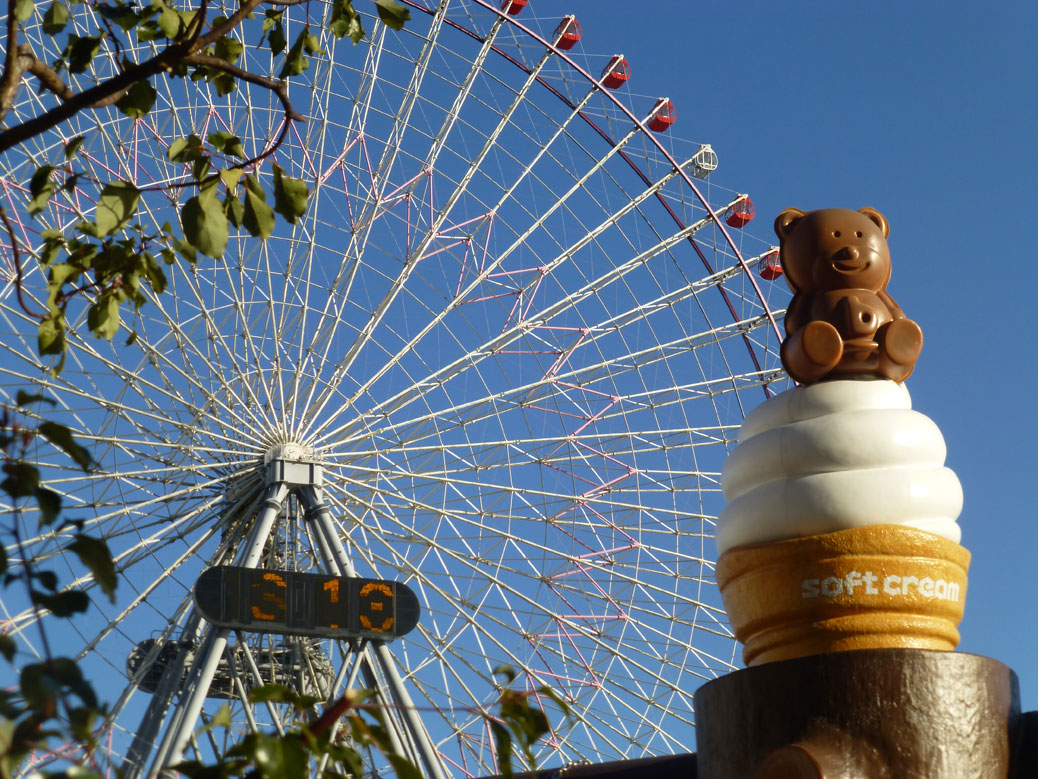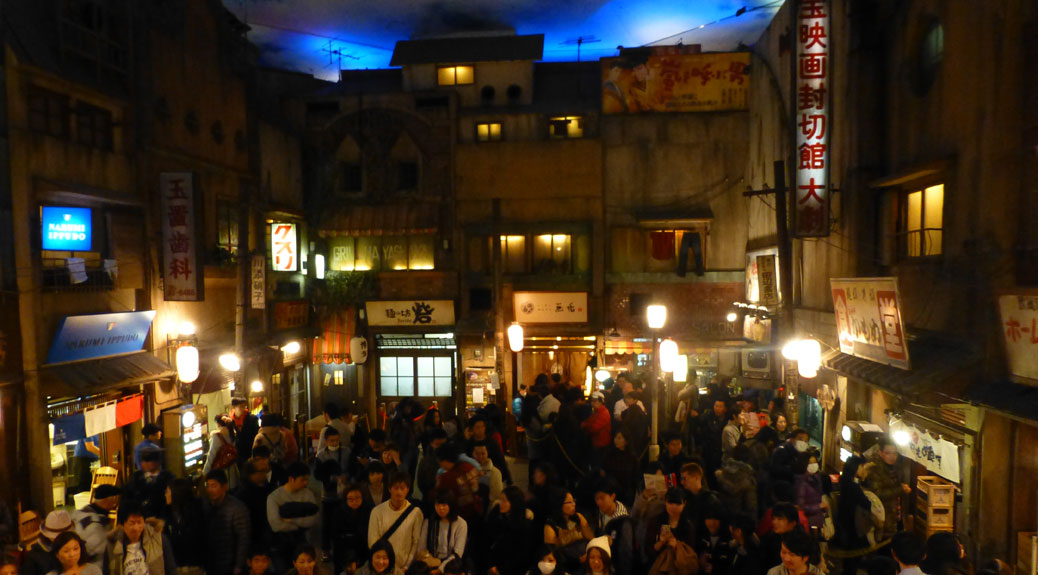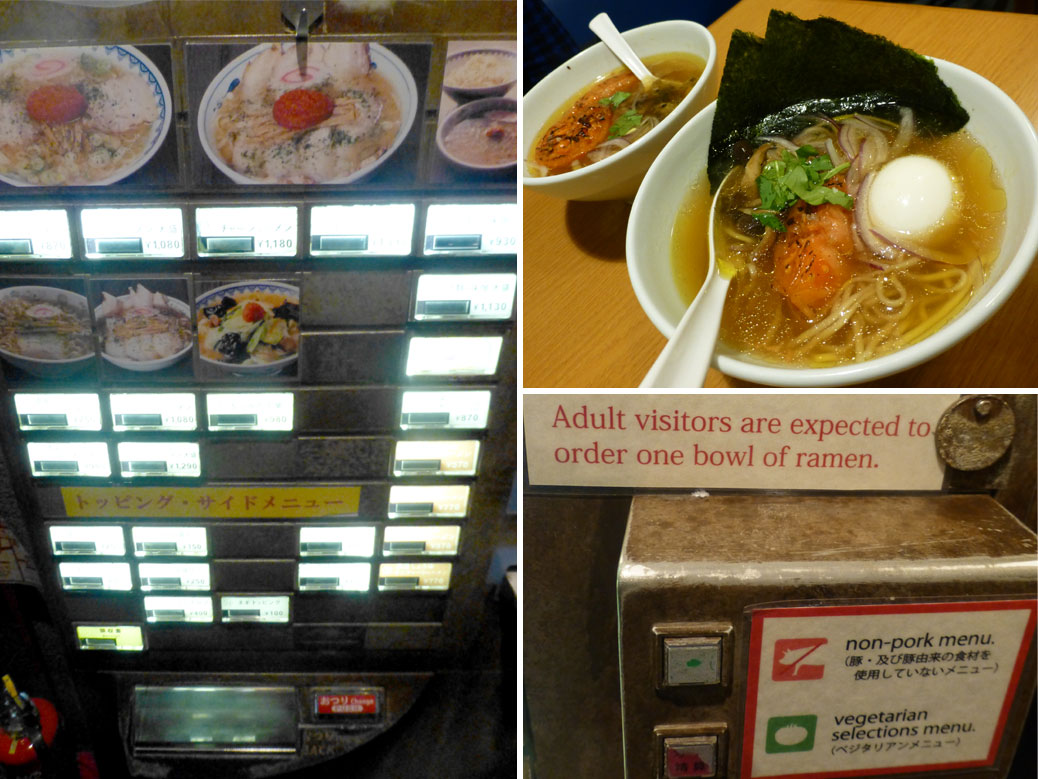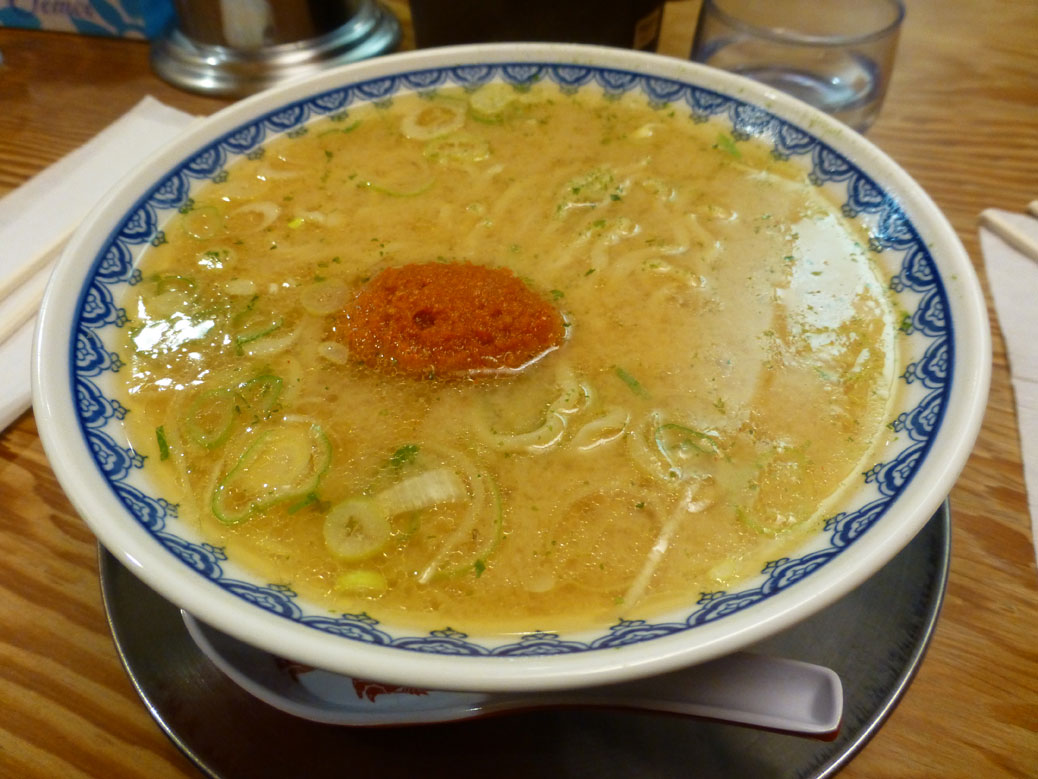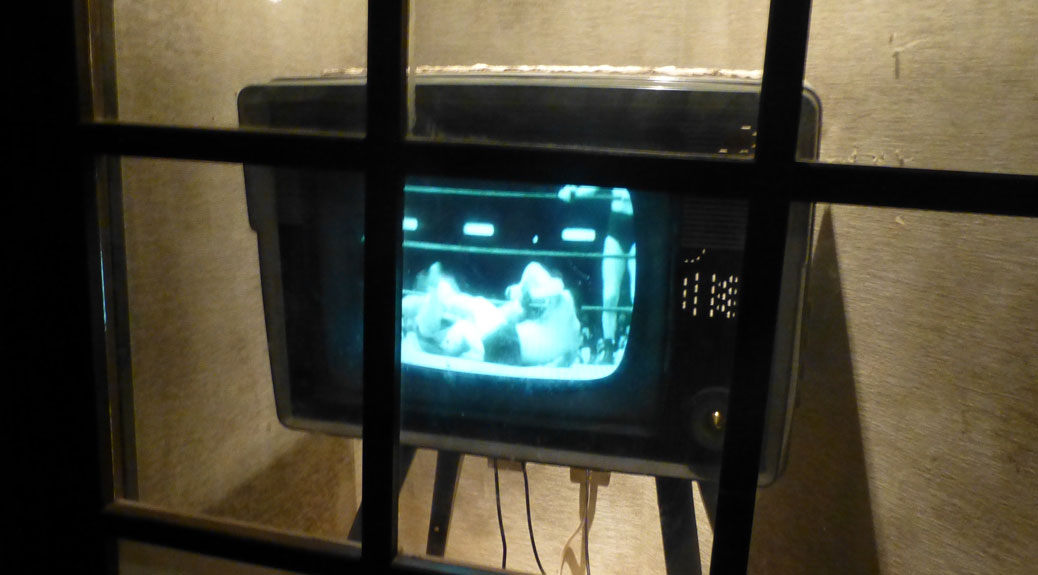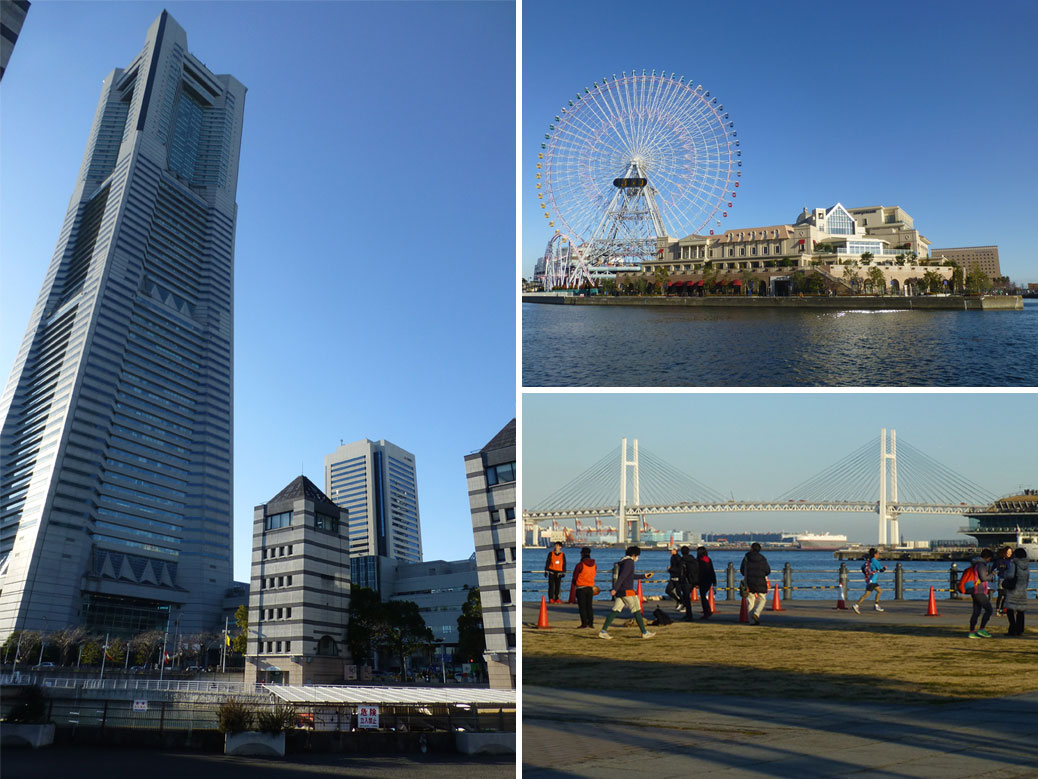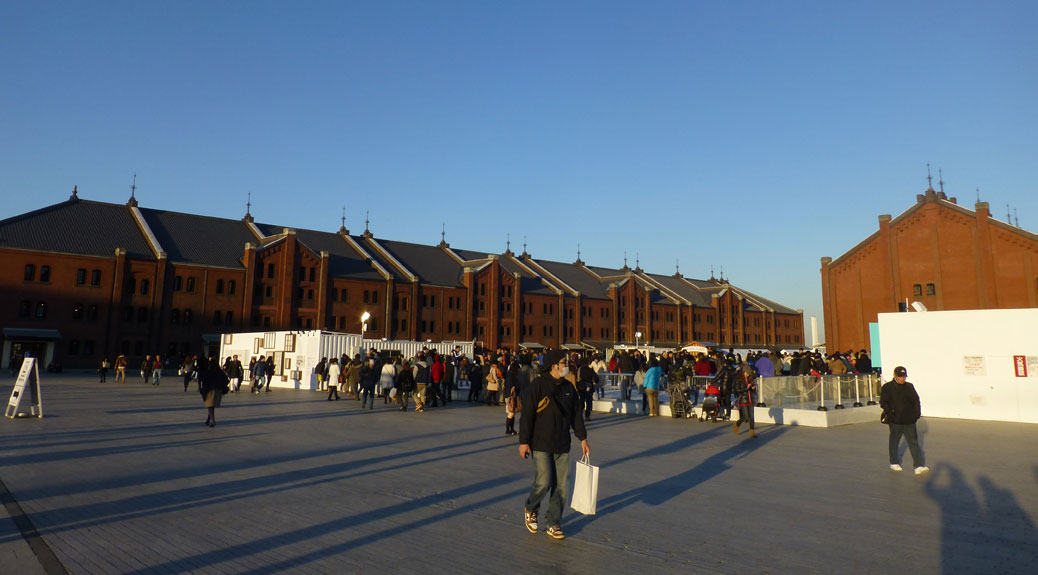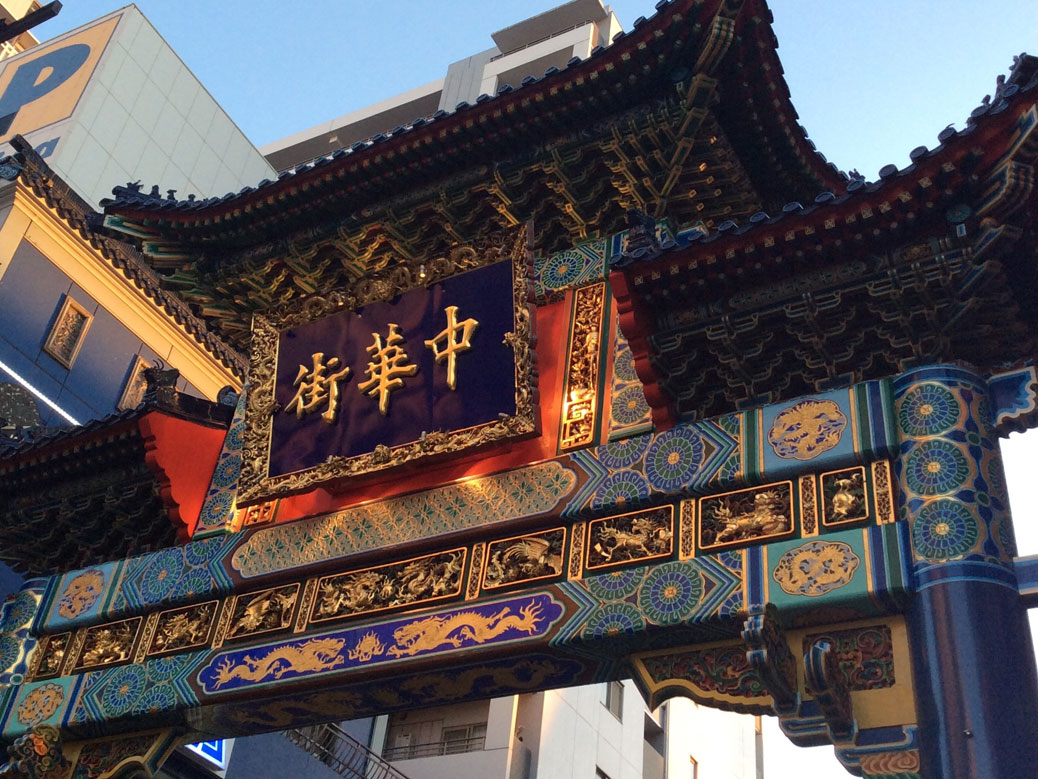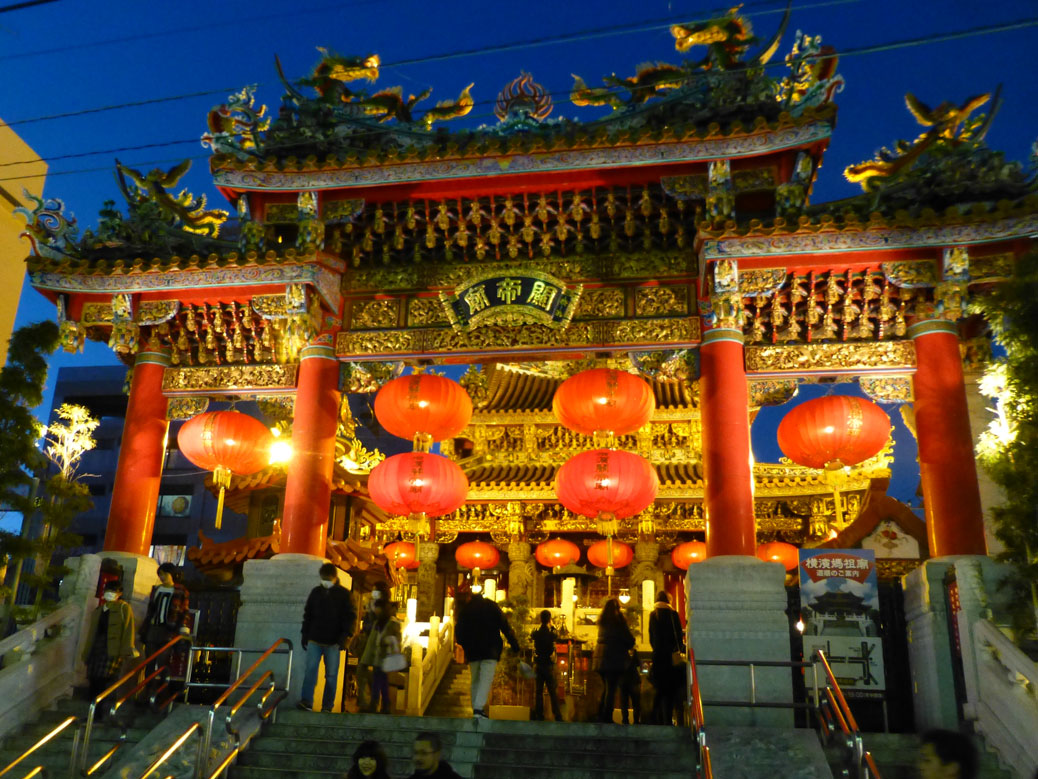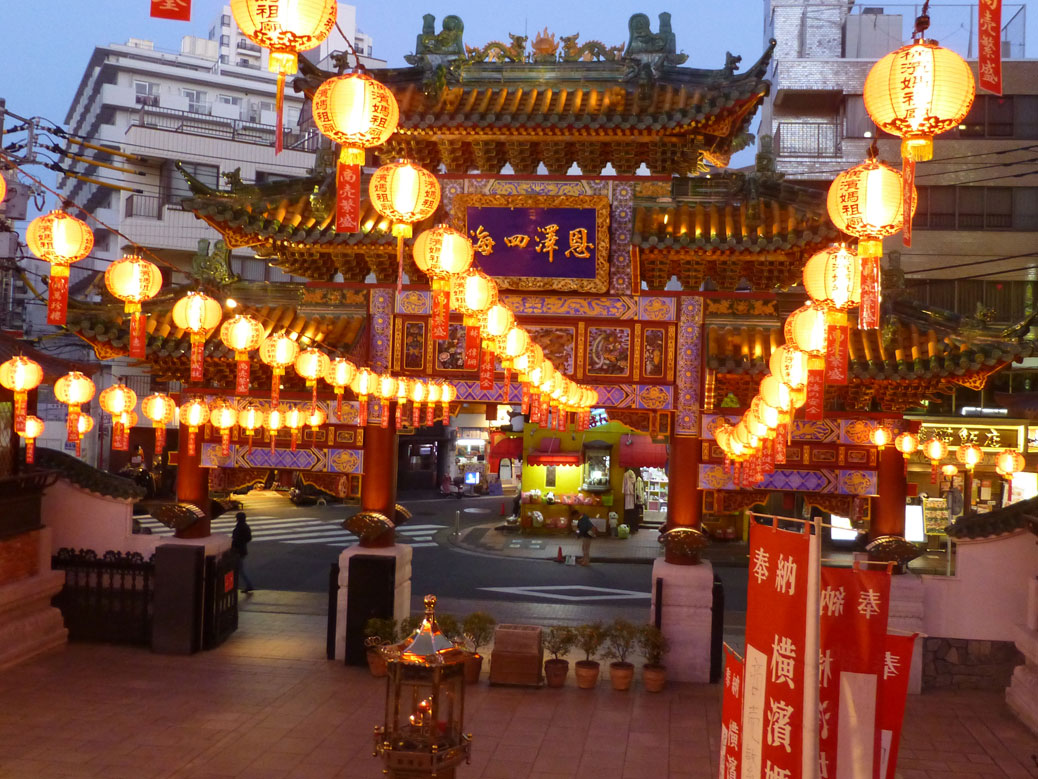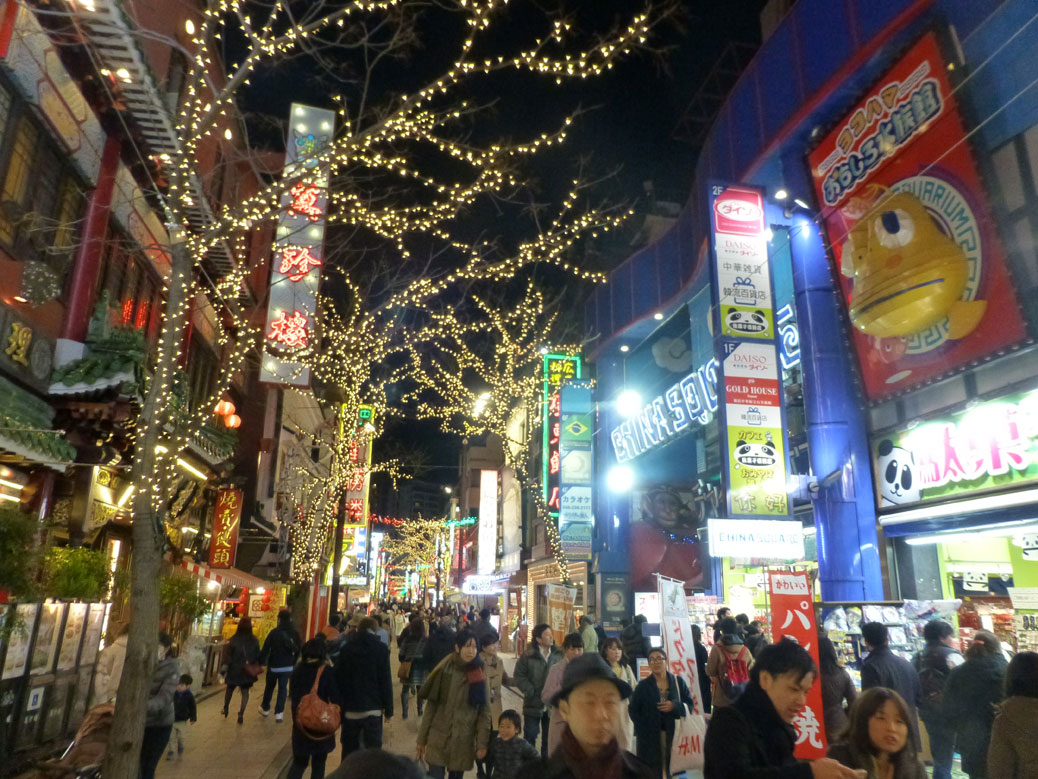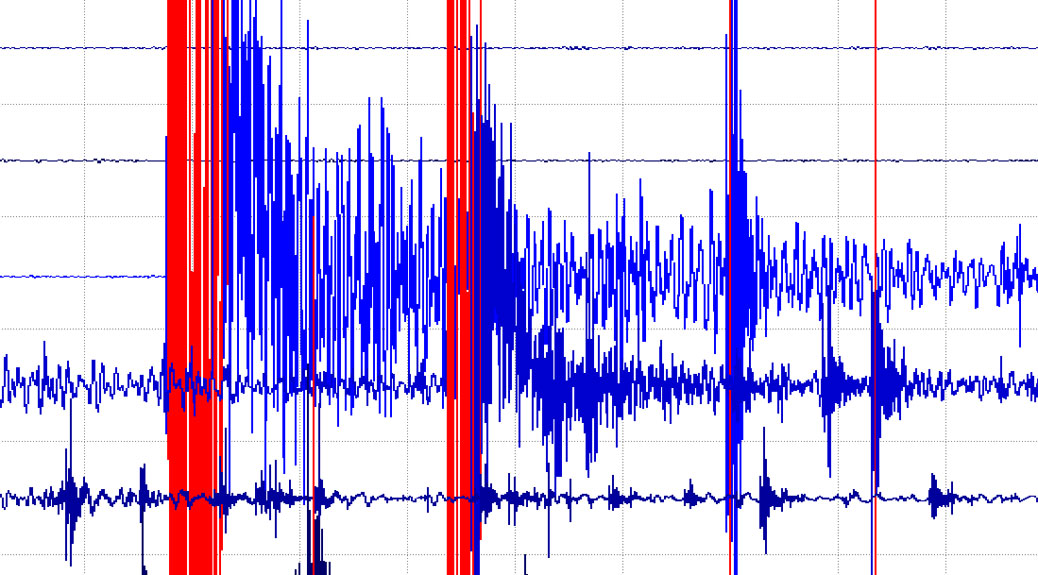I wanted to remember my experience returning to the U.S. after a year away and with a group of Japanese students.
Every year, our university subsidizes a trip for all freshmen in our English communication program to visit Willamette University in Salem, OR for five days. We call it “American Culture Tour.” Willamette University is the sister university to our school and where our students go to study abroad. This year, about 200 students, 10 teachers and a handful of admins made the trek across eight time zones and back.
Click on any photo for a larger view and full caption. More of the story below.
Before we set off, we had a series of classes to teach our students what to anticipate when traveling. We covered everything from packing, customs/security, airport plans, etc. Most students had never left Japan before and it was their first trip abroad or to the U.S. We placed a lot of emphasis on packing comfortable clothes and shoes. Americans dress a lot more casually than the Japanese. A couple of my ladies still brought their platform heels!
The airport experience was really smooth. My students were very well behaved and accepted my authority when I asked them to do something. Only one student accidentally brought a pen/X-ACTO knife combo through security, which was confiscated. In Japan (and most other countries I have traveled to), it’s not necessary to take off your shoes going through security!
The only thing out of my control happened in the airport going through customs. We had lined up when alarms and sirens started going off. Students’ phones started beeping with emergency notifications. And then the ground started to shake. We had a pretty major earthquake—actually in our home prefecture of Saitama—but we were about two hours away at the airport in Narita. A couple of the students started to freak out while myself and another teacher (Cassie, you rock!) just froze and looked at each other like, “What the hell is happening?” I have to say, we did great. But, my nerves were frayed after that. Being responsible for 17 lives in a natural disaster? No, thanks.
I think the students were excited about being in an airplane—watching movies and eating the food, ordering beverages, etc., although they were instructed not to order alcohol! We left Tokyo at 5 p.m. on Monday and arrived in Portland around 1 p.m. on Monday. Going through American customs took forever because all 200 kids were in the foreign passport line. And some of the customs agents were pills. Even I got stopped and asked for my American ID in addition to my passport.
Students and staff from Willamette met us at the airport, which was a nice greeting. My group had two Willamette students who stayed with us that week and arranged activities for my students when I wasn’t holding class.
We arrived on campus and students got their dormitory room keys and unpacked. We had a boxed lunch in the courtyard. We had beautiful weather that week! In fact, the Willamette campus was so gorgeous. Flowers blooming. The sun was out. The grass was green. The students were impressed by the “nature” and squirrels on campus and in the parks.
Speaking of lunch, is everything is bigger in America? When my students returned from their weeklong trip to Oregon last year and reported that the “food is big,” I thought, “Eh, whatever. American food is not that big in size.”
But, this year, I discovered they were right. Mea culpa. American people are bigger. The cars (trucks) are gigantic. And yes, the food portions are pretty big. At least from the perspective of the Japanese diet. Our lunch that day had a big sandwich, a bag of chips, a side of hummus, a pear and a brownie. It was awesome! But no way did anyone finish it all.
We had been awake for who knows how many hours at this point. I wish I had written down what times I actually slept. I was on a crazy schedule. I would try to sleep at midnight, but be wide awake. And if I fell asleep, I would nap and wake up at 3 a.m. ready to go. I actually slept through my alarm the first day, but I made it to class only 4 minutes after 9 a.m.
Each day, we held class in the morning for three hours. The first day, I took my students to a coffee shop, which was great because I slept through breakfast! Mmmm… Oregon definitely has great coffee. Sorry, Japan! I had an Americano and a Marionberry-basil scone. My students mostly ordered cocoa, but it was great to see them trying to read the menu and order and give the correct amount of money. I stayed out of the way and let them figure it out! A couple of students in the group emerged as leaders and helped out their peers. I had students ranging in sections (based on skill level) from three to 14 (of 15 total).
We also walked along Salem’s riverfront and saw the carousel. We popped into Salem Center mall and browsed through some stores. “Bik shi” or Victoria’s Secret was popular among the girls and everyone seemed to like Hot Topic. The second day, we went to the Salem Public Library—which I love—and we read some children’s books and Japanese manga (comics) translated into English. It was fun and somewhat academic.
One of the students chose a picture book that detailed a Japanese woman’s time in an internment camp in Oregon during World War II. The student didn’t really understand; that was a difficult one to explain. After the library, we walked to get some Dutch Bros coffee and hung out at Bush Park.
Overall, the trip was pretty relaxed. The Willamette students took care of a lot of evening activities so that I could see my family.
It was fun to see my mom and sister. My mom hauled me around town as I browsed through Trader Joe’s, Fred Meyer and Costco. She even brought me my favorite cake from the Market of Choice in Corvallis!
My sister and her boyfriend accompanied us one of the days that we took the students to Portland. The culinary highlight of that day for me was Stumptown’s cold brew coffee. Oh so good. I want another one. Please drink one for me, Cascadians. My sister and her gentleman friend were awesome and served as the navigators for that day.
My students LOVED shopping and thought the prices (even the prices at Pioneer Place) were cheaper than Japan. Favorite stores included Nike, Kitson, Forever 21 and the Made in Oregon store. Oh, and students were in love with the Safeway near campus. The worst Safeway in Salem probably. Oh well. Maybe it’s like how Robert and I were excited about going to grocery stores when we first came to Japan.
Our groups had lunch at the food cart pod downtown. One of my students said “It’s world food.” I guess she was right—Korean, Thai, Greek, Mexican, Polish, Chinese, even Japanese. But I think students mostly tried American food: “big” hamburgers, pulled pork sandwiches, hot dogs. Some had burritos or tacos, but overall, I don’t think they were into Mexican food. One of the nights, the Willamette student leaders took them to a taqueria and most Japanese students ordered fish and chips or hamburgers. Ha. When my students say they had Mexican food, I always ask, “was it spicy?” And they always say, “yes.” It makes me giggle. I love spicy food so I am a fish out of water in Japan.
My mom took my sister and I to my favorite Mexican restaurant in Salem: La Hacienda. It’s the best because they make their own flour tortillas. Along with a Negra Modelo, that was as good as I remember. I also went to Robo Taco in northeast Portland and ordered some “pork” and “sausage” tacos, which I doused in habanero salsa. YES. And +1 for vegetarian food options.
I’ll also add that in addition to amazing coffee and awesome Mexican food, Oregon has the best beer. Nobody else makes beer like Cascadians. It has color! It has hops! It has depth! Flavor! I die! It was fun shopping around and finding beers on Robert’s wish list. I also enjoyed a hoppy pint at Hair of the Dog and some sours to change it up at Cascade Brewing (on a night off! I was not on duty or in charge of any lives 🙂 ).
My other observations:
- Portland really IS weird. I could do without randos begging our students for money while in line at VooDoo or screaming and ranting about restraining orders and gun permits in front of the courthouse. I’m glad that last one didn’t erupt in violence.
- It’s hard to go from Tokyo back to Portland. 13 million people vs. 600,000. I do love pockets of Portland and I’m sure we’ll end up living there, but…there’s no comparison.
- Americans are rude (but not as rude as Europeans) when compared to super-polite Japanese people. I witnessed Salemites arguing about parking spots, who was in line first and inconsequential things like that. That would never happen in Japan. The Japanese apologize and say excuse me even when they’ve done nothing wrong.
Overall, I had a really great time bonding with my students and seeing them use English in a real world setting. I got to see some of my students from last year who were studying abroad at Willamette. And I got to spend more time with some of my co-workers who went on the trip. Win, win, win. Thanks, ‘Merica.


